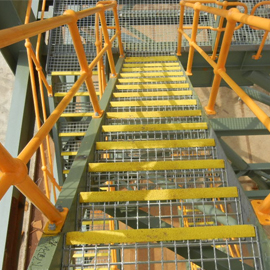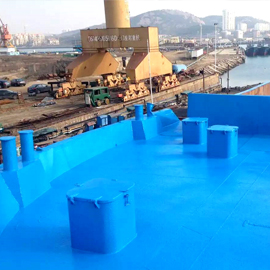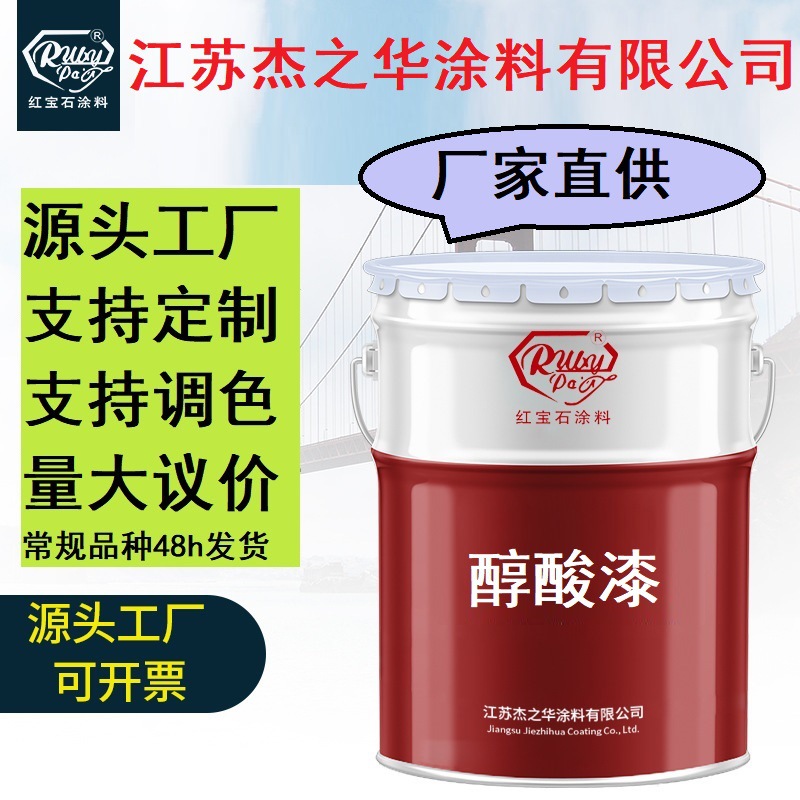
Alkyd paint is mainly composed of alkyd resin. It is currently the most used type of paint. It has the advantages of low price, simple application, low requirements for the applying environment, full and hard coating film, good durability and weather resistance, and good decoration and protection. The disadvantage is that the coating film is not easy to meet higher requirements and is not suitable for high decorative occasions. Alkyd paint is mainly used for the coating of general woodware, furniture and home decoration, general metal decoration coating, metal anti-corrosion coating, general machinery, automobiles, instrumentation, industrial equipment, etc.



Alkyd Paint vs Acrylic
Film formation (or volume solid)
Because the molecular weight of alkyd resin is lower, you can get more alkyd in the tank. The volume solids of a good-gloss alkyd resin is about 55%, while an acrylic resin with the same gloss is about 40%. This means that at the same spread rate, the alkyd resin film is 37.5% thicker than the acrylic resin. On the contrary, under the same film-forming conditions, the spreading rate of alkyd resin will increase by 37.5%.
Bad weather
Alkyd resins and acrylic resins form films through completely different mechanisms. The alkyd resin initially loses its solvent by evaporation during the “stickiness” period, and then cures by the aforementioned catalytic/oxidative reaction. The speed of this reaction depends on the temperature and slows down in the cold. However, when the temperature increases, the reaction rate increases. The damage that may be caused to the film during the low temperature drying process is usually limited to some gloss loss.
However, acrylic resin loses moisture by absorbing or evaporating and then forms a film through physical fusion of plastic particles. A temperature below a certain critical level will cause the particles to become too hard to deform and coalesce into a film. This is especially true when high humidity delays the evaporation process and may enter the colder parts of the night. The lack of film coalescence of acrylic resin is an irreversible phenomenon.
Surface treatment
Acrylic resin is a special material that is carried in an aqueous medium. If these are applied to a porous surface, water will be absorbed preferentially, allowing the vehicle to stay on the surface. If the surface is intact, this is a very ideal condition because it will leave all protective or decorative films in place.
On the other hand, alkyd resins are more permeable to porous surfaces due to their lower molecular weight, which can cause film loss on the surface, but also helps to bond and regulate imperfect surfaces. This does not prevent the need for proper surface treatment, but it does give alkyd resins an advantage on suspicious surfaces.
All in all, where the outer surface needs to be coated, if the surface is intact and the weather conditions are favorable, acrylic will usually provide better performance; if the surface is in doubt, alkyd primer and acrylic are a good system.
Alkyd Paint VS Latex
One significant difference between the alkyd and latex paints is that alkyd is oil-based paint, while latex is water-based.
Adhesion
Both alkyd and latex paint have excellent adhesion. Compared with latex paint, alkyd paint has better adhesion on severely chalked surfaces. In addition, latex paint has higher elasticity than alkyd paint.
Color retention
The latex paint is more resistant to fading and chalking when exposed to the sun, but the alkyd paint is more prone to fading.
Application
When applied, alkyd paints are more difficult than latex paints because they are heavier than latex paints. Latex paint is smoother and easily drags on the surface. Alkyd coatings can be used on most surfaces, but should not be used directly on new plaster or concrete. Latex paint is suitable for wood, vinyl siding, brick, stucco and aluminum siding.
Clean
Alkyd paint can be cleaned with paint thinner, turpentine, etc. solvent removal, while latex paint can be cleaned with water.





